The highest level of open-wheel, single-seater international racing is recognised by the Fédération Internationale de l’Automobile (FIA) as Formula One (F1). The FIA Formula One World Championship has been among the most esteemed racing competitions since its debut in 1950. The term “formula” refers to the set of regulations that all participating automobiles must follow.
Latest Updates from the World of Motorsport: Formula One (F1) 2023 Season
- The 2023 Formula One World Championship season began on March 5, 2023, with the Bahrain Grand Prix.
- The 2023 season has 12 races remaining as of August 30, 2023.
Cars
- Designed for use in competition in Formula One racing events, a Formula One vehicle is a single-seat, open-cockpit, open-wheel formula racing car with significant front and rear wings and an engine positioned behind the driver.
- The laws governing the vehicles are unique to the championship and mandate that the racing teams construct their own autos, with design and manufacture being outsourced.
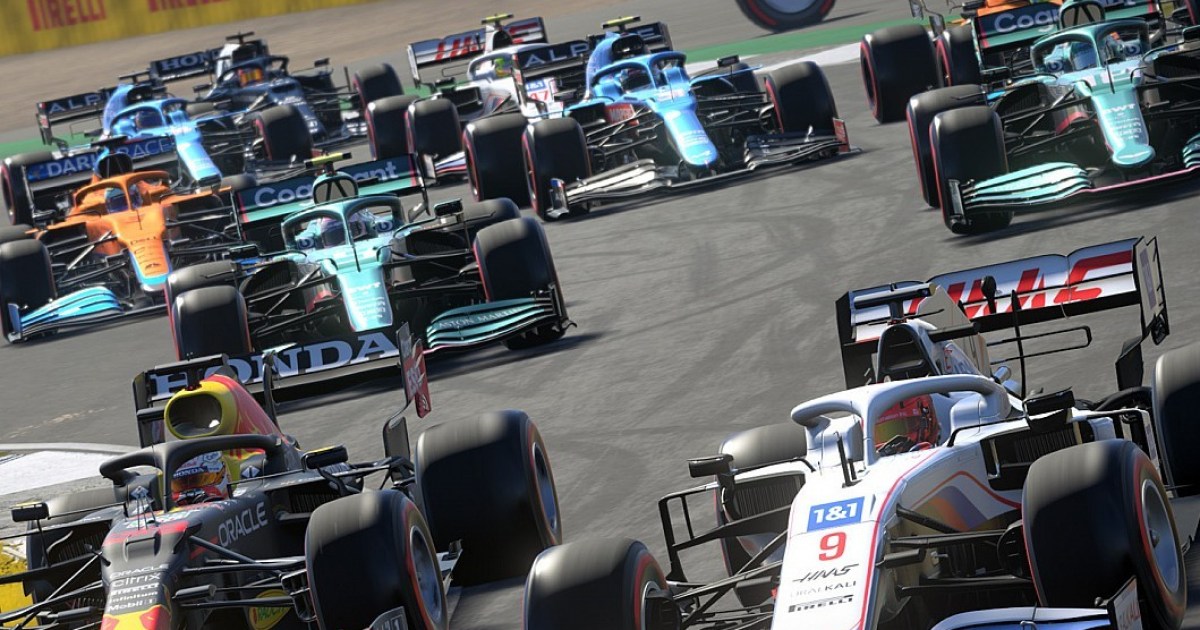
- In order to compete in Formula One, vehicles were to be powered by 2.4 L naturally aspirated engines with no more than four valves per cylinder in the V8 engine arrangement. This was a brand-new engine specification that the Fédération Internationale de l’Automobile (FIA) introduced for that season.
Drivers and Teams
- The 2023 Formula One World Championship season will feature 10 teams and 20 drivers.
- Max Verstappen, who drives for Red Bull Racing, is in the lead of the drivers’ championship as of August 30, 2023.
- As of August 30, 2023, Red Bull Racing is in the lead in the constructors’ championship.

Events
- Grands Prix, a series of events that make up the Formula One schedule, are contested on both public roads and purpose-built circuits all over the world.
- There are normally between 20 and 23 races in a season, while the number of Grands Prix staged annually fluctuates.
- Races in nations including Bahrain, Australia, China, Spain, Monaco, Canada, France, Austria, Great Britain, Hungary, Belgium, Netherlands, Italy, Russia, Singapore, Japan, United States, Mexico, Brazil, and Saudi Arabia are among the 2023 Formula One calendar’s events.
Media Coverage
- Formula One races are broadcasted globally on television and online streaming platforms.
- Several well-known websites, like ESPN and Motorsport.com, provide live results, highlights, news, and analysis of Formula One races.
- The most recent news, video highlights, Grand Prix results, live time, in-depth analysis, and professional commentary are all available on formula1.com, the organization’s official website.
Formula One (F1) race schedule for August 2023:
There will be 23 races in 23 different countries for the Formula One World Championship in 2023. The season will begin on March 5, 2023, with the Bahrain Grand Prix, and end on November 26, 2023, with the Abu Dhabi Grand Prix.
The Las Vegas Grand Prix will be a new addition to the calendar. The itinerary for the August 2023 Formula One races is as follows:
- August 27: Netherlands Grand Prix at Zandvoort
- September 3: Italian Grand Prix at Monza
- September 17: Marina Bay Street Circuit hosts the Singapore Grand Prix.
- September 24: Japanese Grand Prix at Suzuka
Race-related laws and regulations for Formula One (F1):
The Formula One (F1) racing rules and regulations are extensive and include many facets of the sport.
Here are some key rules and regulations:
Car Construction:
- Formula One cars must be constructed by the racing teams themselves, although the design and manufacture can be outsourced.
- The cars are single-seat, open-cockpit, open-wheel racing cars with substantial front and rear wings.
- The engine is positioned behind the driver.
- The FIA has established technical criteria for the cars, including as those for engine types, car sizes, and safety features.
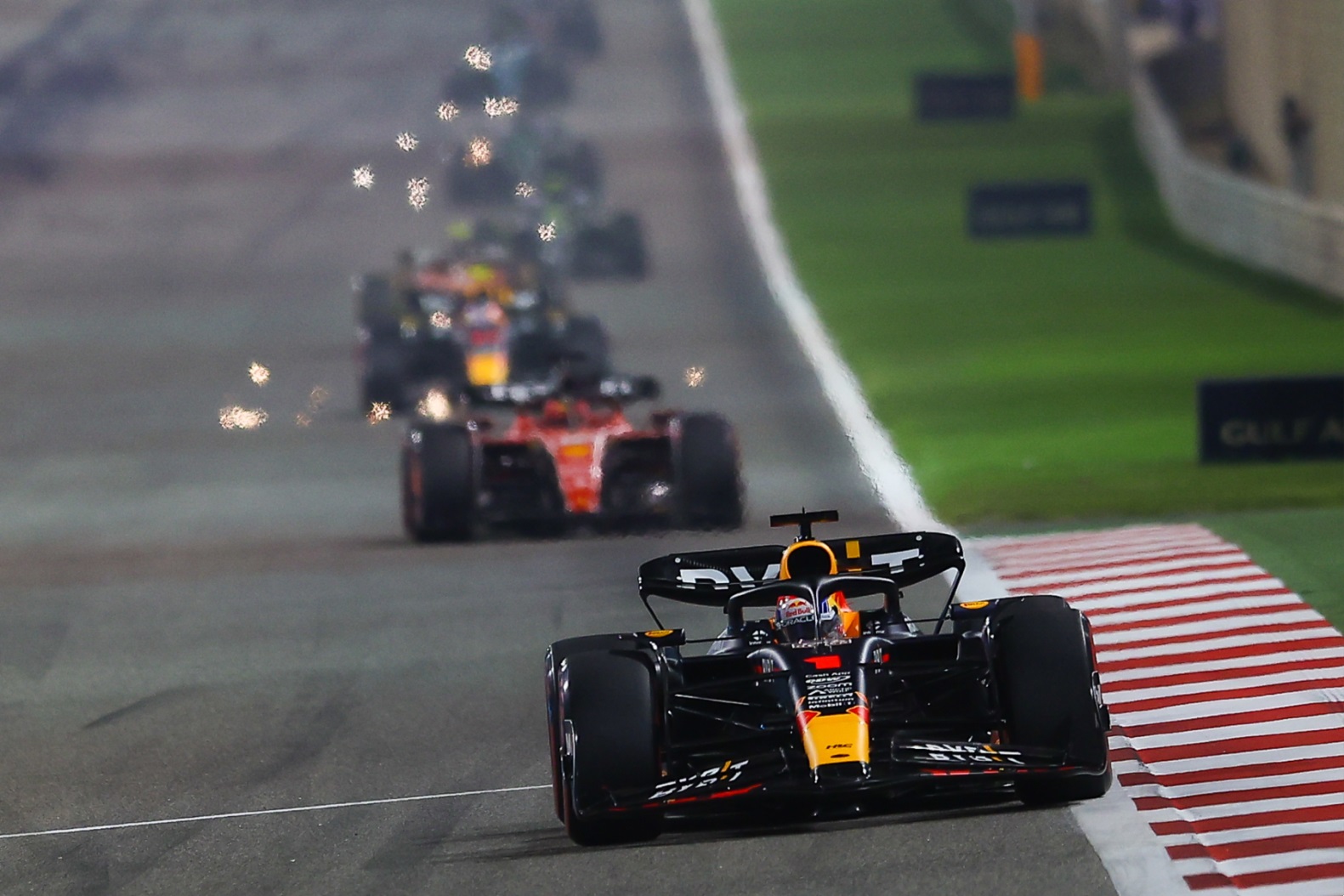
Engine Regulations:
- Since 2006, 2.4 L naturally aspirated V8 engines with no more than four valves per cylinder have been the primary source of power for vehicles.
- Further technical restrictions, such as a ban on variable intake trumpets, have been introduced to prevent teams from achieving higher RPM and horsepower too quickly.
Sporting Regulations:
- The Formula One (F1) Sporting Regulations set forth rules for the race format, driver behaviour, and team activities.
- The runtime of a Grand Prix is not allowed to exceed two hours, excluding race suspensions.
- Each driver is required to retain at least one wheel within the track limits and is not permitted to force a rival off the racecourse.
Safety Regulations:
- Safety is a top priority in Formula One (F1). Drivers are required to wear full safety gear, including a fireproof suit, helmet, neck protection, and racing boots.
- The cars must meet specific safety standards, including crash tests and the incorporation of safety features such as the Halo cockpit protection system.
Superlicense:
- Drivers must get a Superlicense from the FIA in order to race in Formula 1.
- A written test must be passed, and proof of prior racing experience is required for the Superlicense.
These are only a few instances of the Formula One (F1) rules and regulations. The FIA provides a comprehensive set of regulations that cover a wide range of the sport’s technical, competitive, and safety aspects.
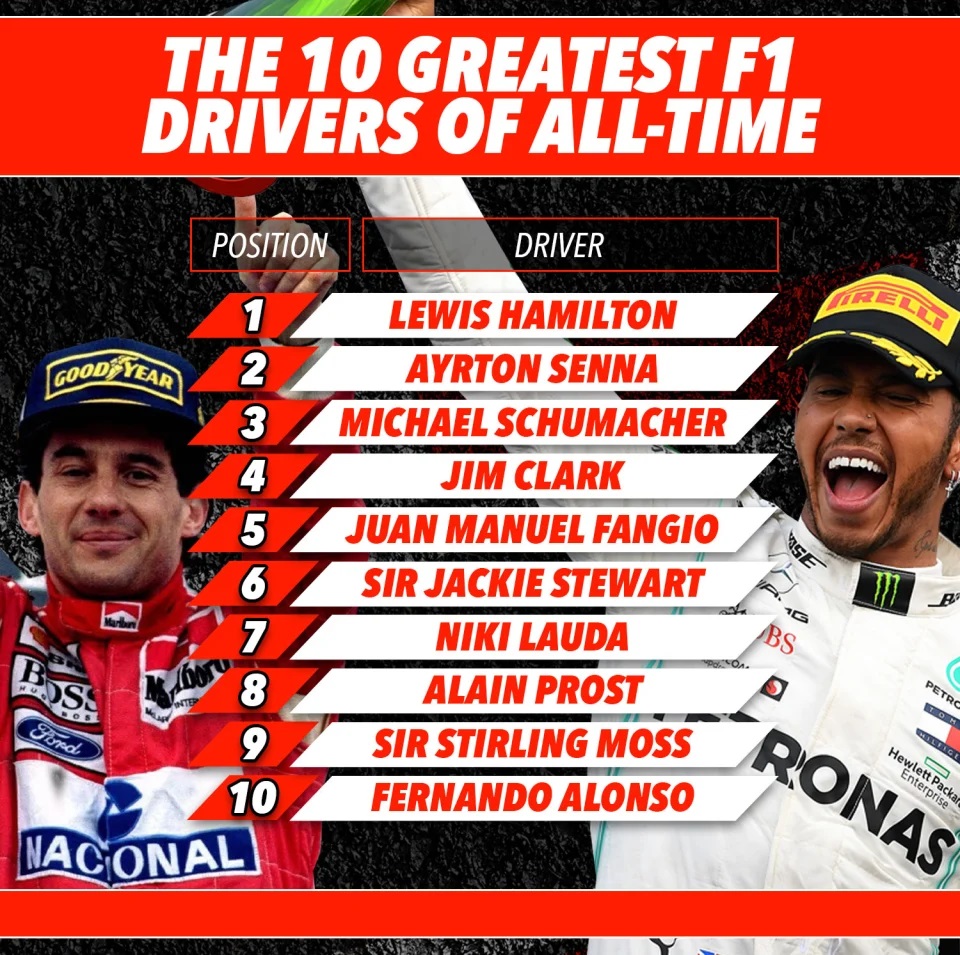
Penalties enforced in Formula One (F1) racing:
The stewards impose penalties in Formula One (F1) racing to guarantee fair competition and conformity to the laws and regulations. Following are some examples of penalties and how they are used:
Grid Position Penalties:
- If a team replaces certain car parts outside the permitted limits, they may receive grid position penalties.
- Due to these fines, the driver will start the race from a lower place on the grid.
Time Penalties:
- Time penalties can be given during the race itself, depending on the severity of the incident.
- Five-second and ten-second penalties are the two primary categories of time penalties.
- In the event that a driver makes a subsequent pit stop, they must pay the time penalty by remaining in the pit lane for an extra five to ten seconds.
- If the driver receives a drive-through penalty with fewer than five laps remaining in the race, a 25-second penalty will be added to their race time.
Stop-and-Go Penalties:
- A stop-and-go penalty requires the driver to enter the pit lane, come to a complete stop in their pit box, and then continue the race.
- Depending on how bad the infraction was, the stewards will decide how long the stop-and-go penalty will last.
Grid Position Demotion:
- If a driver interferes with another driver or causes an accident, they may be relegated to the rear of the grid in specific circumstances.
- In the event that more than one driver is put to the back, they will be positioned in qualifying order and will line up after the previously penalised drivers.
Penalty Points:
- For a variety of offences, drivers may receive penalty points.
- Additional penalties, such as grid position relegation or even an immediate race suspension, can be imposed for accumulating a particular amount of penalty points within a given time frame.
Tire Penalties:
- Drivers or teams may get tyre fines for a number of infractions, such as employing an extra set of tyres or foregoing the usage of a required tyre compound.
- The stewards decide what punishments are appropriate for certain tyre violations based on the situation.
It is crucial to remember that the severity and application of penalties might change based on the particular occurrence and the stewards’ judgement. In Formula 1, penalties are used to maintain competitive fairness and ensure everyone’s safety.
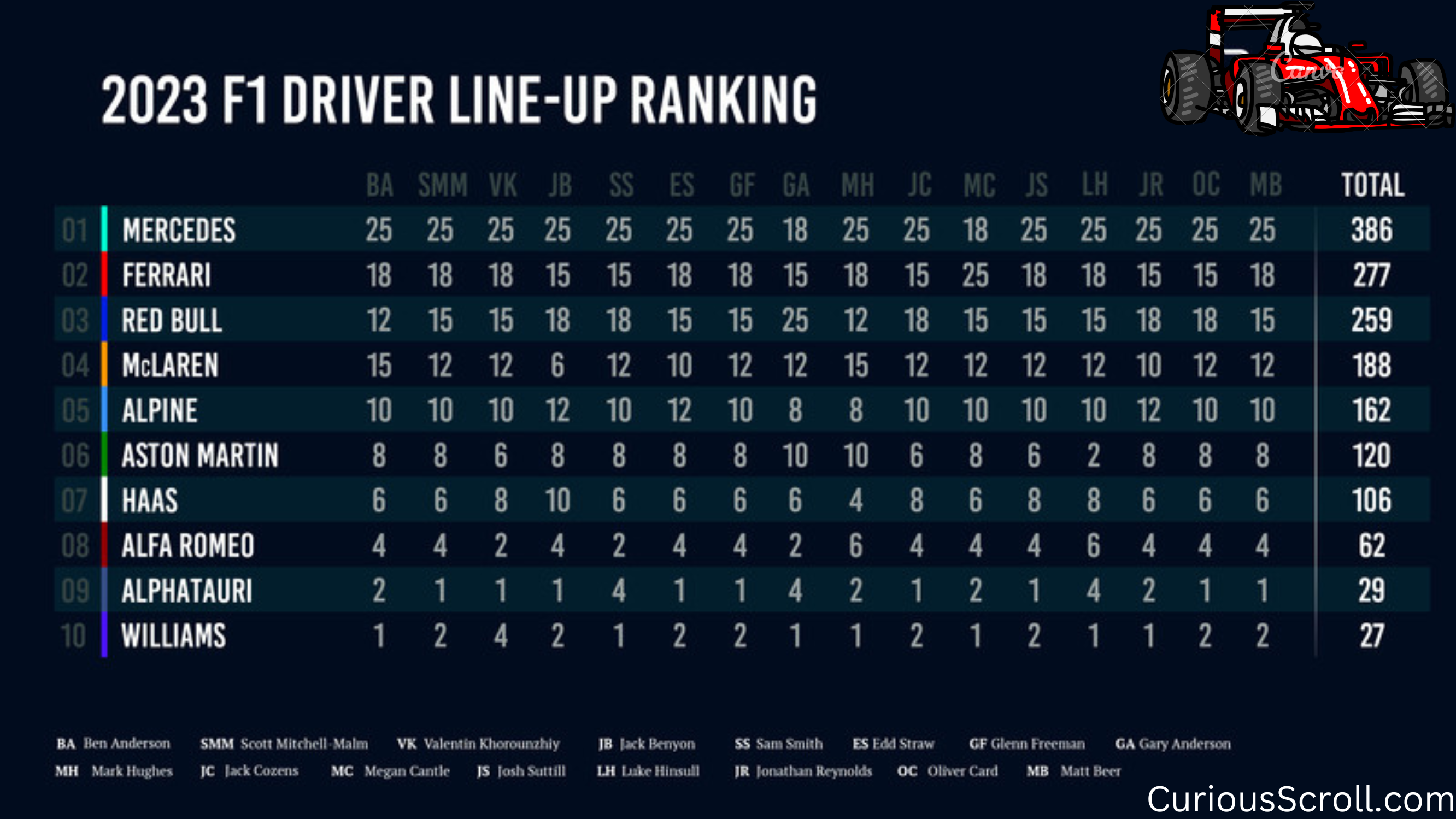
Top drivers to keep an eye out for in the 2023 Formula One season include:
There are several great drivers to keep an eye out for in the 2023 Formula One World Championship. Following is a list of some of the best drivers to keep an eye out for:
- Max Verstappen: Verstappen is the current champion and regarded as one of the top drivers in the field. He presently operates a Honda for Red Bull Racing.
- Lewis Hamilton: One of the finest drivers in Formula 1 history, Hamilton has won the world championship seven times. His current Formula One team is Mercedes-AMG Petronas.
- Fernando Alonso: Two-time world champion Alonso is renowned for his prowess and knowledge. Currently, he is an F1 driver for the Aston Martin Cognizant Team.
- Sergio Perez: Perez is an accomplished driver who has displayed excellent consistency and competence. He presently operates a Honda for Red Bull Racing.
- Carlos Sainz: Sainz has demonstrated remarkable potential and is a rising star in Formula 1. With the time being, he races with Scuderia Ferrari Mission Winnow.
- Oscar Piastri: Young driver Piastri has demonstrated a lot of promise in the junior divisions. He currently drives for McLaren Racing.
- Alex Albon: Albon is a skilled driver who has previously demonstrated significant promise. He currently drives for Williams Racing.
- Valtteri Bottas: Bottas has consistently driven with excellent speed and competence. At the moment, he is an Alfa Romeo F1 Team Stake driver.
- Yuki Tsunoda: Tsunoda is a young driver who has displayed exceptional talent and ability. He currently competes with Honda Scuderia AlphaTauri.
- Michael Schumacher: Known as one of the best drivers of all time, Schumacher is a legend in the sport. He currently drives for Haas F1 Team.
The 2023 Formula One World Championship will include a number of great drivers, therefore it’s crucial to keep in mind that this is not a complete list.
The Formula One (F1) teams and drivers will share the $2.2 billion in prize money as follows:
The teams will share the anticipated $2.2 billion prize pool for the 2023 Formula One World Championship according to their final results from the previous season. The prize pot that is distributed around the grid in 2023 based on the final year’s standings is worth more than $900 million.
Drivers do not really receive any prize money since they are paid wages by their teams, not the constructors, who receive the money instead of the individual drivers. The team that places first in the constructors’ championship receives the largest award, while the team that places tenth receives the smallest sum.
The parent corporation of the Formula One (F1) organisation, CVC, distributes the prize money fund. One race generates between $100 million and $140 million in revenue, and this number rises every year. The prize money distribution is determined by the standings, point standings, and total F1 revenue split from the previous season. The award money is divided into two parts: the central prize and the column prize.
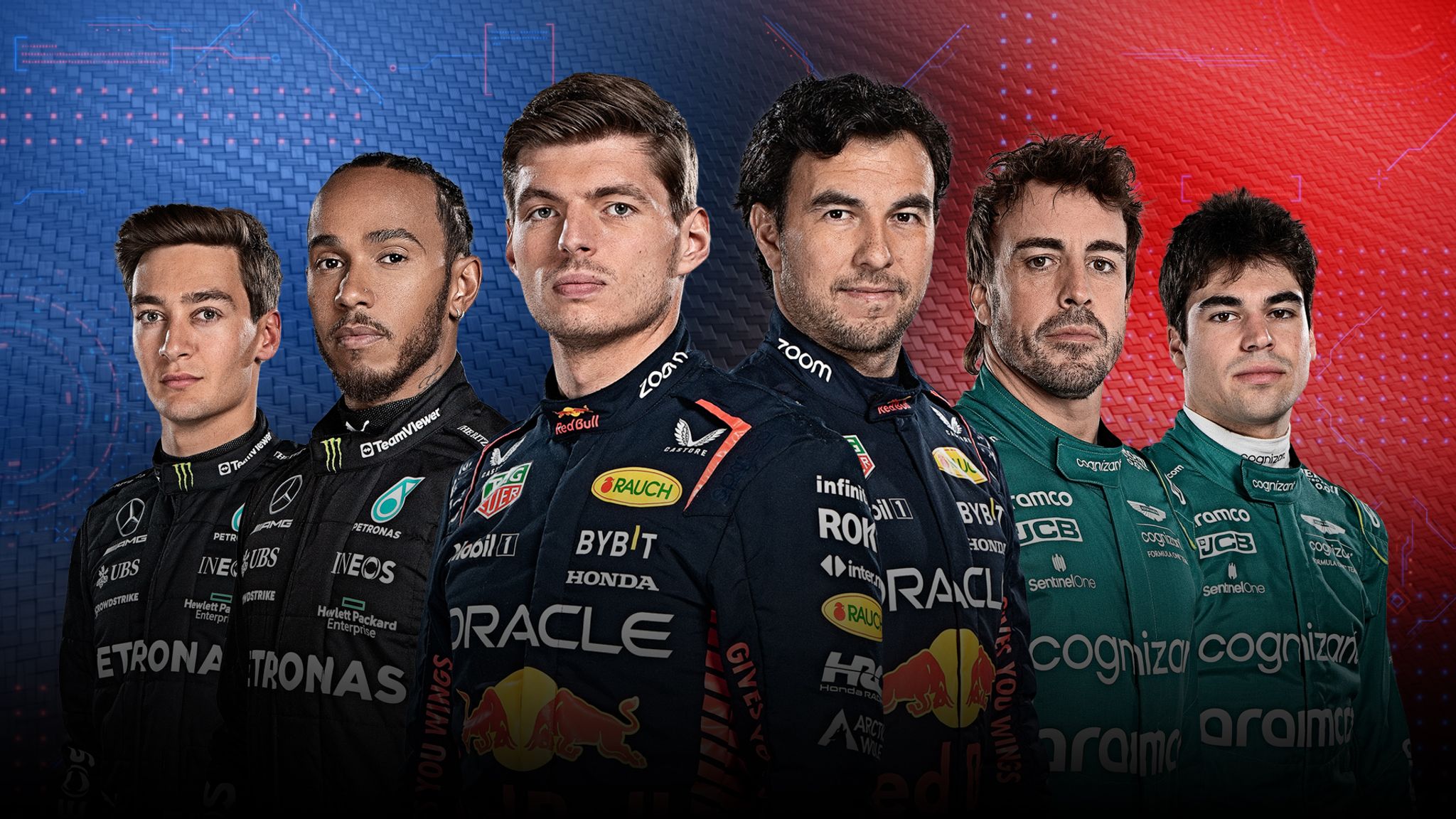
The center prize money is equal to 47.5% of F1’s hidden benefit. The remaining half is shared in halves, on a sliding scale based on race results, between the top 10 groups in the title. The other half is distributed equally, but it is still based on how well a race was run; only teams that placed in the top 10 in each of the preceding two years are eligible.
The prize money for each column is split into payments for Column 1 and Column 2. Column 1 payment is F1 divide 23.7% equally for top 10 teams while they divide Column 2 payment 23.7% for teams according to how they finish in the constructor championship. 2.5% goes to Ferrari who has a special contract with Formula One.
What are the odds for the winner of the 2023 Formula One World Championship?
The 2023 Formula One World Championship is anticipated to be an exciting season because there are so many capable teams and drivers competing for the championship. Following are some season 2023 predictions from a variety of sources:
- The 2022 season’s outstanding performance by Max Verstappen has made him the favourite to win the title.
- Lewis Hamilton, who is often a strong contender for the title, might challenge Verstappen.
- Fernando Alonso has demonstrated exceptional speed in testing and might be a dark horse for the title.
- With the fastest vehicle on the grid, Red Bull Racing Honda is predicted to be the team to beat.
- Aston Martin Cognizant F1 Team could also be a team to watch out for, with their car showing great pace in testing.
- It’s predicted that there will be tight rivalry for positions in the midfield, with several teams and drivers vying for podium finishes and points.
- During the season, there can be surprises and upsets due to new drivers and teams joining the league.

It’s crucial to keep in mind that these are only forecasts and that the real outcomes of the 2023 Formula One World Championship may vary. The championship is contested over twenty-three Grands Prix held around the world, and anything can happen on the track.
How to watch Formula One (F1) 2023 online
Formula One (F1) may be seen online in a variety of ways. Here are some options:
- YouTube TV: To watch Formula One online, try out YouTube TV for free. ABC, CBS, FOX, NBC, ESPN, and other well-known cable networks all provide live streaming TV.
- FuboTV: FuboTV offers live sports streaming, including Formula One (F1) racing. You can sign up for a free trial and watch Formula 1 racing on a number of devices, such as smartphones, tablets, smart TVs, streaming sticks, and Xbox gaming consoles.
- Formula 1 Official Website: Live timing, in-depth analysis, and knowledgeable commentary can all be found on the official Formula 1 website. With an F1 TV subscription, you can view the races live or on demand as well.
- Hulu: Hulu offers Formula One streaming online. You may watch Formula One as well as other well-liked TV programmes and motion pictures, including recent releases, timeless favourites, Hulu Originals, and more.
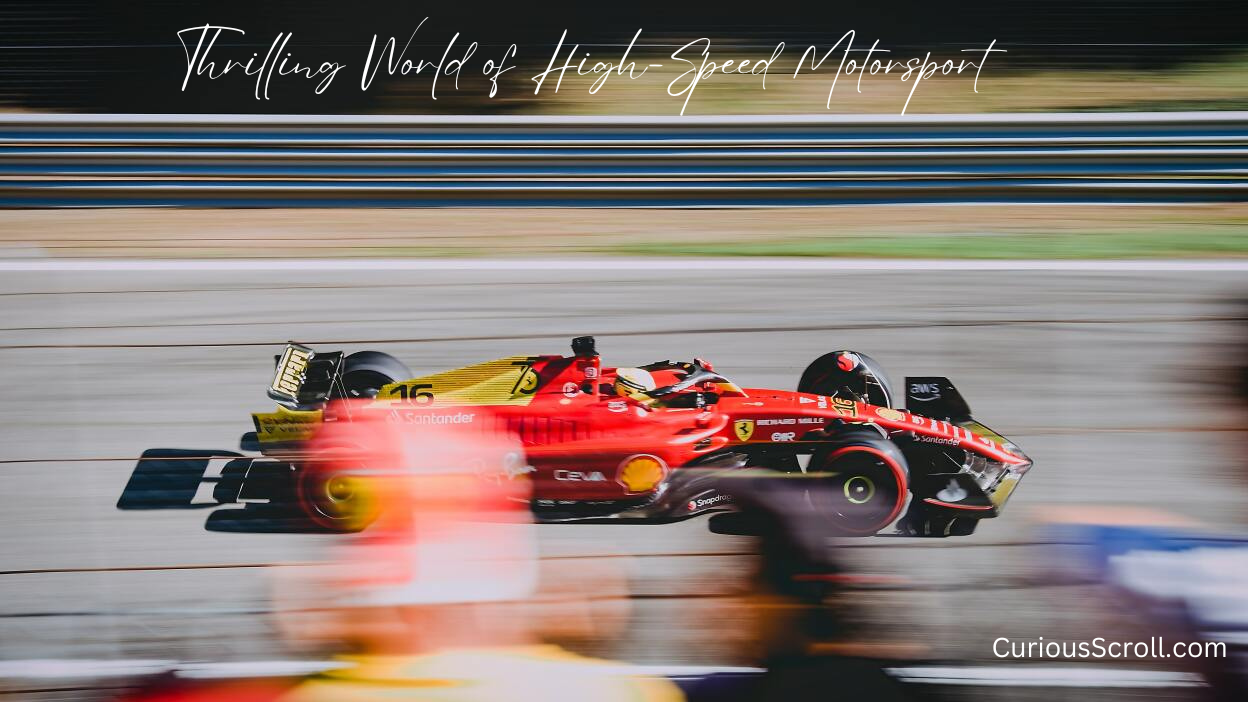
I enjoyed it just as much as you will be able to accomplish here. You should be apprehensive about providing the following, but the sketch is lovely and the writing is stylish; yet, you should definitely return back as you will be doing this walk so frequently.
My brother suggested I might like this blog He was totally right This post actually made my day You can not imagine simply how much time I had spent for this info Thanks
What i dont understood is in reality how youre now not really a lot more smartlyfavored than you might be now Youre very intelligent You understand therefore significantly in terms of this topic produced me personally believe it from a lot of numerous angles Its like women and men are not interested except it is one thing to accomplish with Woman gaga Your own stuffs outstanding Always care for it up